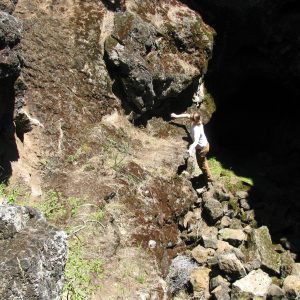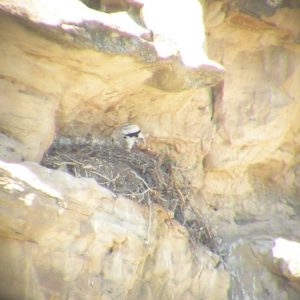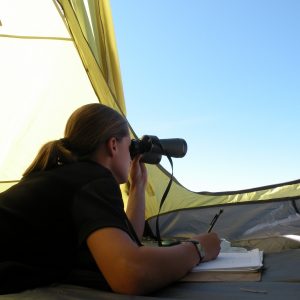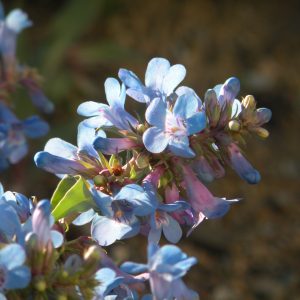I thought it would be appropriate to begin my first blog entry by introducing myself and giving a brief account of how I ended up in Vale, Oregon for the summer. My name is Ryan Godfrey: I am 22 years old, from just outside of Toronto, Canada, and I’m currently between my undergraduate degree and grad school. I got my Bachelor of Science at the University of British Columbia (in Vancouver) majoring in Ecology. I’m spending this “in-between” year trying to get my hands on some real world experience in biology. Most of my experience in biology has been from an academic, research-oriented point of view: I wanted to spend this year playing the field and trying my hand at some of the other avenues available in biology. And that’s what led me to CLM. The internships offered through the Chicago Botanic Garden sounded like a great way to test the waters on the management side of biology, and it seemed like a great adventure for the summer to boot. When I was offered a position with Seeds of Success in Vale, my first thought was: “Treasure hunt on the sagebrush steppes? I’m down.” Then I looked up Vale on Google Earth: the population is under 2000, so it’s smaller than my high school, and surrounded on all sides by farmland and BLM lands for miles and miles. Now my thoughts were… “Treasure hunting in the desert and living in the boonies? Totally down!” I’ve lived my whole life in large cities or suburbs on massive bodies of water, so this really was going to be an adventure.
I’ve been here for nearly two months now and I’ve had quite a few introductions of my own. First came the usual, predicted intros: meeting my boss and colleagues/co-plant hunters. But I also experiences introduction that were, to me, more exotic: I met small town people and small town life, I’ve driven a tractor, fed horses, learned about ranching. I’ve also become acquainted with the geography and landscape of the vast Malheur county. One of the most interesting and eye-opening introductions so far has been to the BLM as a whole. I have found it fascinating to discover what the BLM is: what it does; how it works; what it’s priorities are. Equally rewarding have been my encounters with the employees of the BLM: stream specialists, wild horse experts, geologists, wildlife managers etc. and learning what they do and how it all fits into the “big picture.” And of course I can’t forget my introduction to the countless plant species of Eastern Oregon. Learning the scientific names of these has often recalled sections from the Harry Potter books and of the memorizing of various spells and incantations (it’s “er-i-O-go-num” not “er-i-o-GO-num!”) And not least of all has been a very important first encounter with my new weighty, wordy friend: the prodigious Intermountain Flora, into whose pages I delve daily for the answer to that continually confounding conundrum: “what the heck plant is that!?”
To sum up: we’re having a blast over here in Vale. We’re about 20 seed collections deep and we’ve got well over a hundred pressed voucher specimens. I’ll be keeping you all posted with my “Notes from Vale” and I look forward to meeting the rest of the CLM team in Chicago later this month. Until the next, keep this in mind:
“In theory there is no difference between theory and practice: in practice, there is.”
Cheers,
Ryan





















